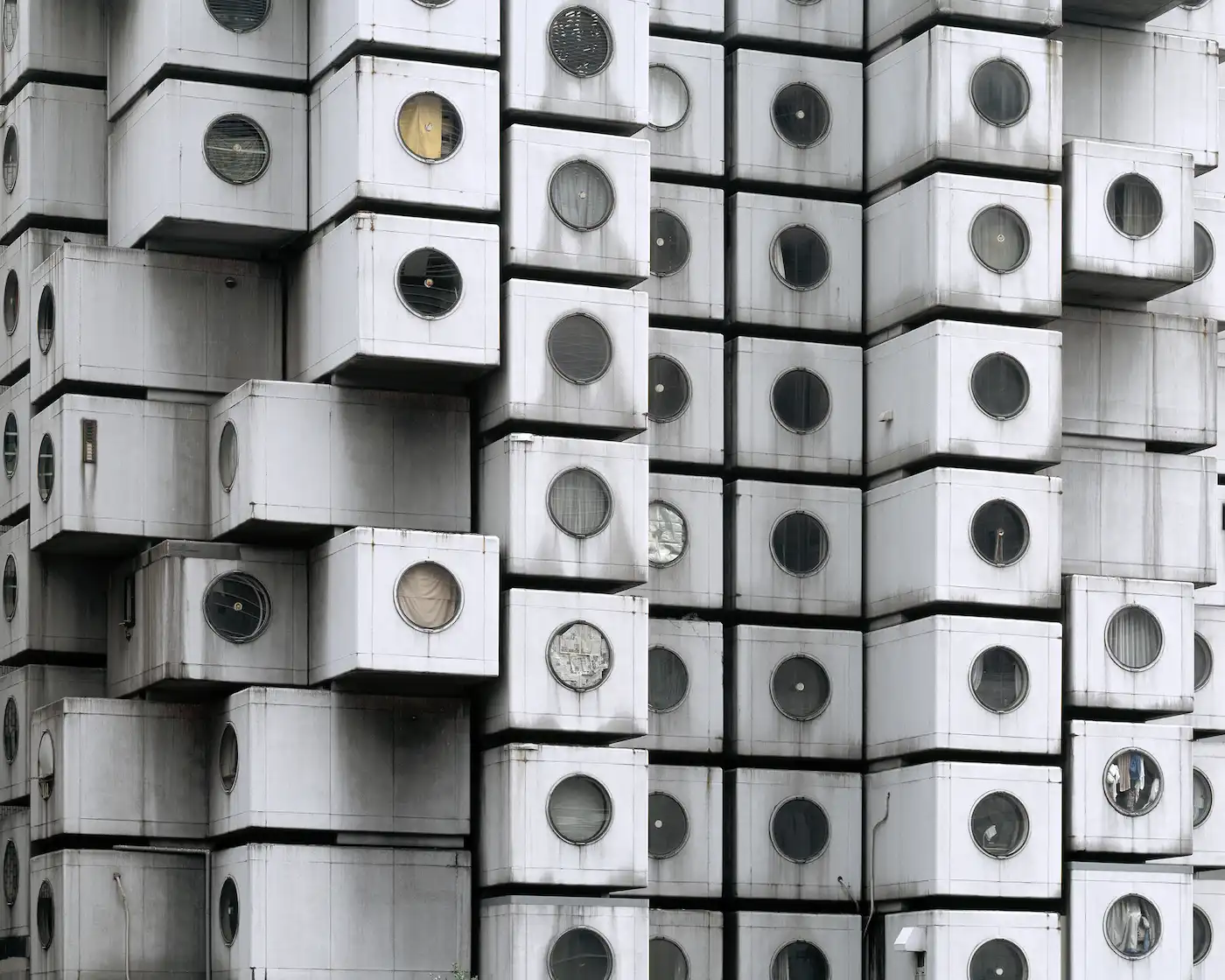
Noritaka Minami, Facade, 2011. Photo courtesy SFMOMA
Located in the Ginza district, the 1972 tower was among the best-known examples of Metabolist architecture, a midcentury movement in Japan that recognized the impermanence of the built environment. Kurokawa was a central figure in that movement, and he believed buildings should be designed to adapt. The Nakagin Capsule Tower embodied this notion, featuring two service cores that supported 140 prefabricated “capsule” units, each meant to be moveable and replaceable. The capsules, with their single, circular windows, captured significant attention, even appearing in the 2013 film The Wolverine. Around that time, some of the pods—which were originally marketed as pieds-à-terre for businessmen from the suburbs—had become Airbnb rentals, storage spaces, and offices, including that of Fala Atelier, a Portuguese architecture practice.
However, Kurokawa’s vision of replacing the capsules every three decades never materialized, and deteriorating conditions prompted demolition plans as early as 2007. Those initial plans stalled, and the Nakagin Capsule Tower Preservation and Restoration Project, led by resident Tatsuyuki Maeda, saved 23 pods before the building was razed last October. By 2022, few residents remained.
The transportation of Kurokawa’s capsule does, however, finally realize a Metabolist goal—to make architecture detachable, then shippable, to new locations. “These capsules were meant to move off of the core of the towers, and that didn’t happen in the 50 years the building existed,” Jennifer Dunlop Fletcher, the Helen Hilton Raiser Curator and Head of Architecture and Design at SFMOMA, told RECORD.
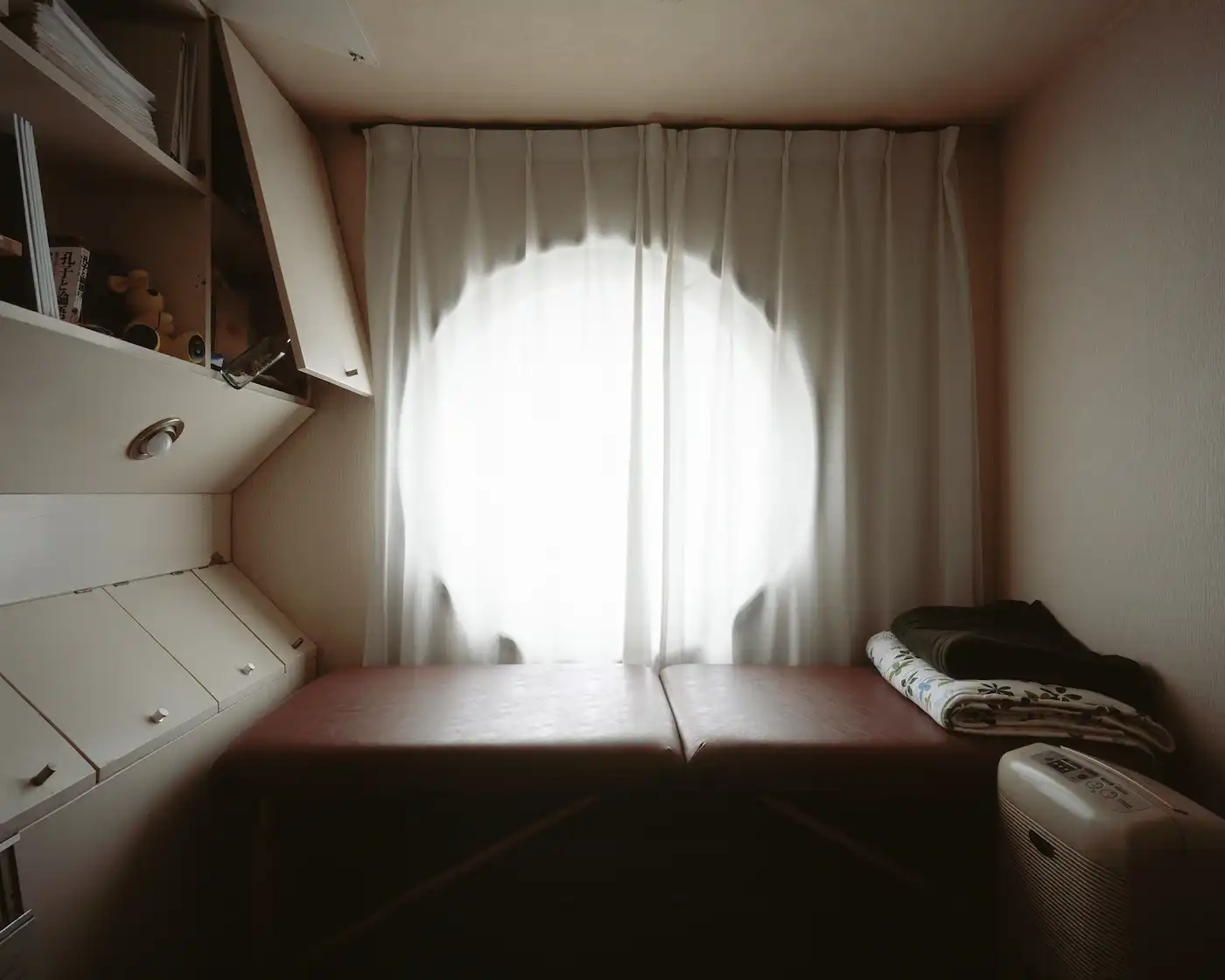 1
1
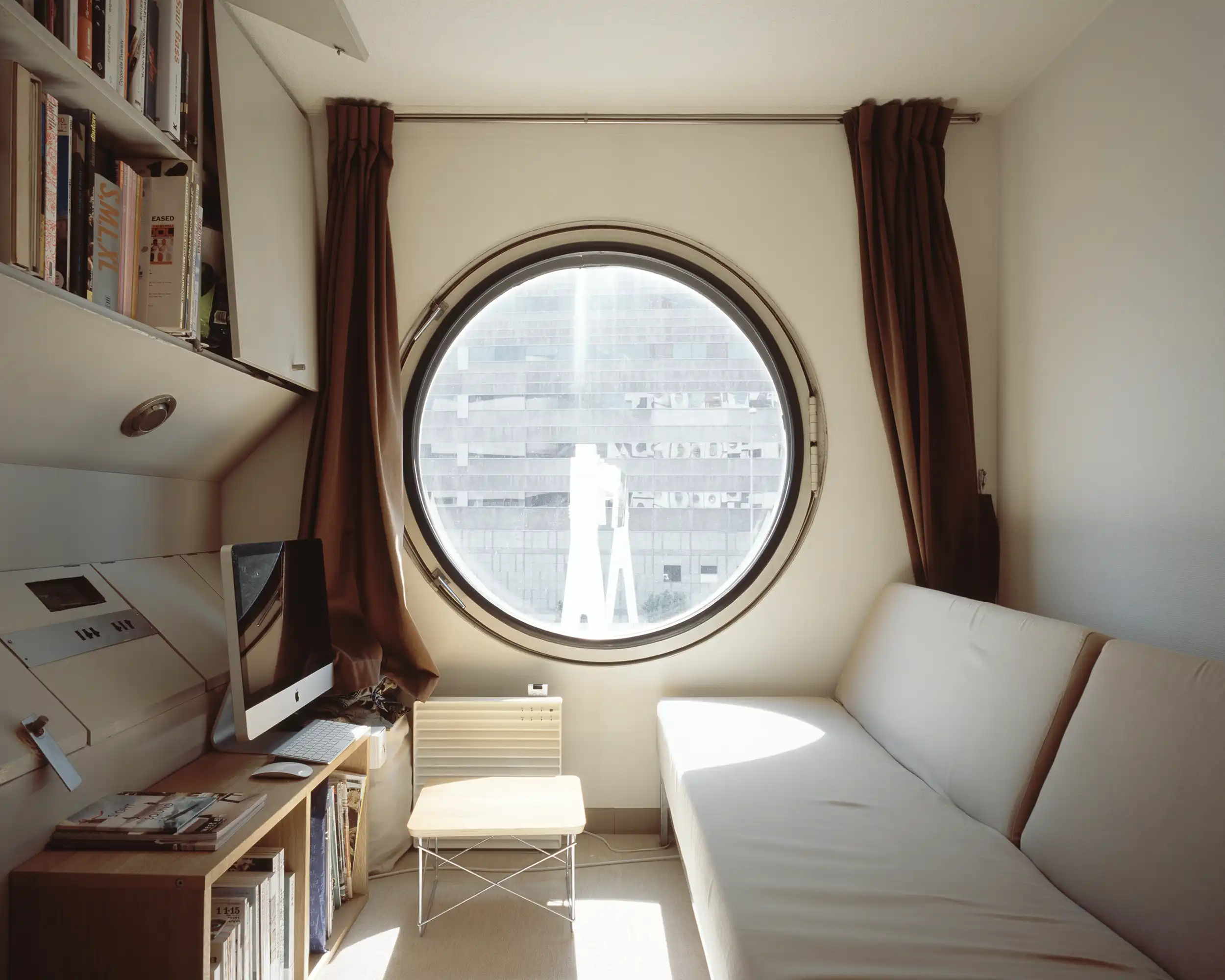 2
2
Noritaka Minami, A1203, 2012 (1); Noritaka Minami, A504, 2012 (2). Images courtesy SFMOMA
Capsule A1302 was restored with original features, including a bed, desk, and 1970s electronics. The museum has not revealed plans for an exhibition, but the capsule’s small size, at about 100 square feet, has already sparked some ideas. Dunlop Fletcher suggested inserting it in a gallery, placing it on a terrace, or—although “hard to pull off”—even suspending it from the museum itself.
As for the other capsules, Maeda told The Guardian earlier this year that he plans to send them to the lobbies of offices and hotels, in addition to museums. The pods, which were all restored in Japan, have drawn interest from around the world. SFMOMA is the first museum to add a capsule from the tower to its collection.
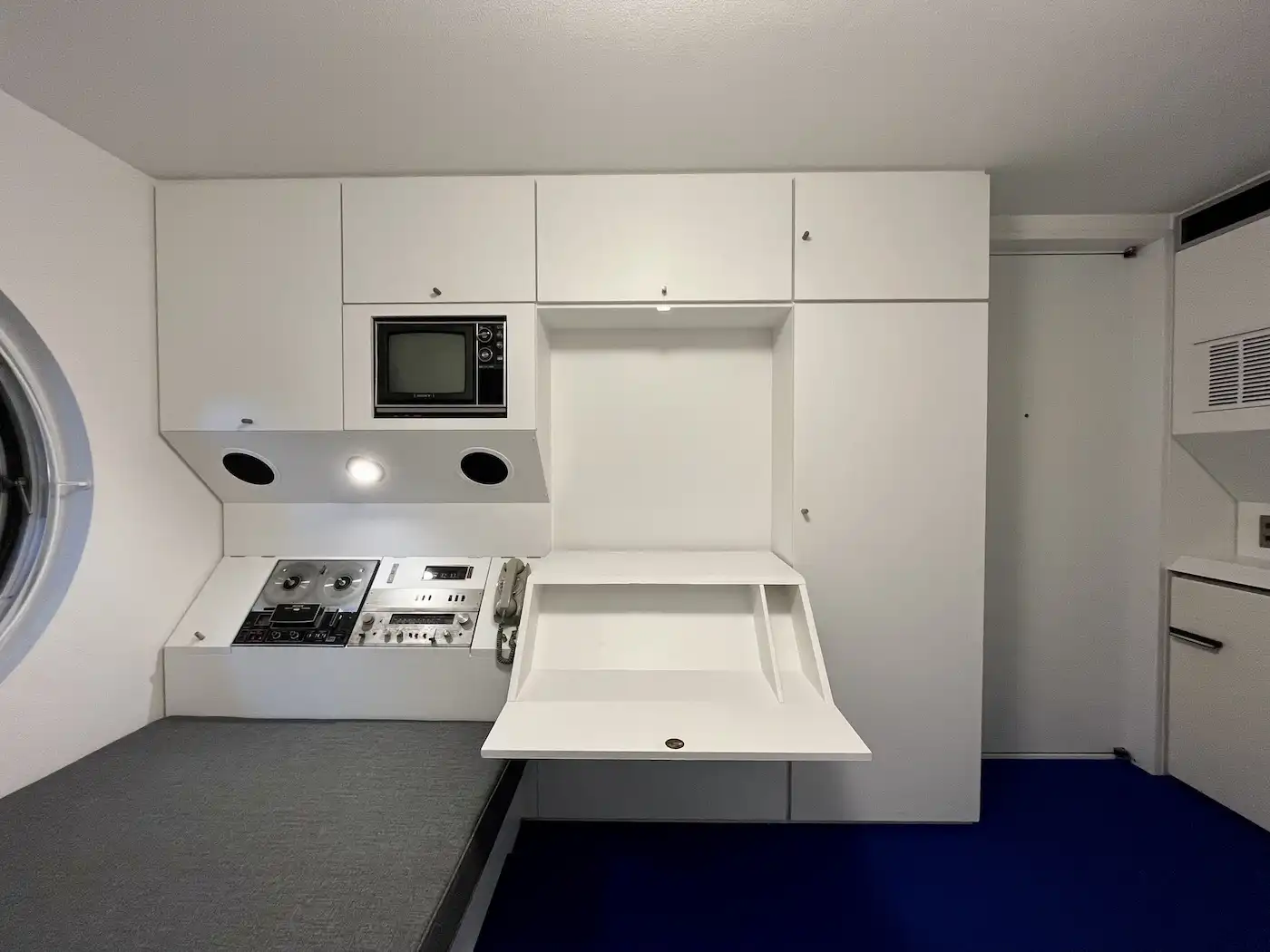
Interior of restored Capsule A1302 pictured in 2023. Photo by Nakagin Capsule Tower Preservation and Restoration Project
The museum also acquired nine photographs by artist Noritaka Minami from his series 1972, which captured the capsules’ altered interiors from 2010-2022. “On the outside, the capsules are so similar,” Dunlop Fletcher said. “But on the inside, the individuality really comes through.”



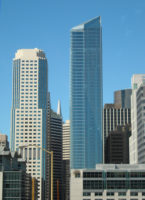
Post a comment to this article
Report Abusive Comment